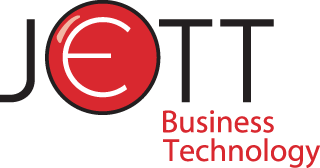Every year it becomes more difficult to keep up to date on cybersecurity measures. For this reason, several smart enterprises choose external cloud providers for their long-term growth.
However, there are various offerings on the market. So choosing a cloud provider
from all the options is quite the task.
This article will address how to choose a cloud service provider using the most important criteria:
How To Choose A Cloud Provider
When researching cloud services in Atlanta, here are the factors that should be top of mind:
1. Standards and Certifications
Cloud solution providers should comply with all recognized standards. They should demonstrate that they understand best practices and stick to them.
For example, security certifications like ISO 27001 are given to cybersecurity firms which adhere to industry recommended practices.
2. Uptime
In today’s world, you can’t afford for your systems to be offline. The ability to continue to service clients and communicate internally is of the utmost importance.
Even a few hours offline in one day can affect revenue and productivity. Aim to hire cloud service providers that offer 99.9% uptime or more.
3. Redundancy
When it comes to cloud solutions, there’s a concept called redundancy.
This means that the data systems have strategically placed backups in other sites. These backups are well protected from a variety of natural disasters or bad actors.
A quality IT service provider can store your server files and other cloud data so that nothing can erase your infrastructure.
4. Disaster Recovery
In the unlikely event of a physical calamity, you need to be prepared. Tornadoes, hurricanes, earthquakes, and other natural disasters can always strike in a surprising way.
When choosing your cloud provider, make sure they have backup systems that allow continuity of service. Not only does this protect your data from being erased, but it keeps your communication pipeline open, even in the worst of times.
5. Security Best Practices
Obviously, a cloud service is only as good as the security it provides.
If cyber criminals can access your data, then they can severely damage your business overnight. Your information in cloud services should be protected with state-of-the-art encryption and communications should take place over SSL or VPN protocols.
Anything less than this would not be enterprise-grade protection.
6. Surveillance
Your data and applications should be constantly surveilled by your cloud solutions provider. This includes video surveillance, dark web monitoring, and infrastructure management.
Security is nothing to take lightly. Contact JETT Business Technology today to learn how your firm can benefit from the cloud with 99.9% uptime and 24/7 protection.






